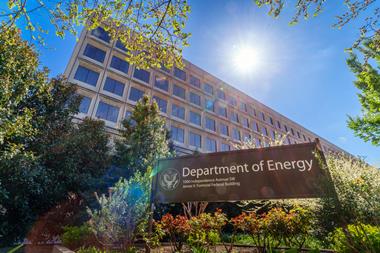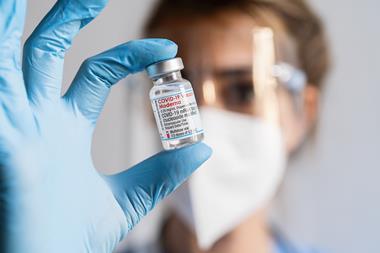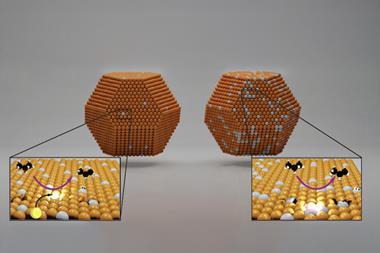Agencies partner to create new programme to ensure better integration between cutting edge science and regulatory processes
Two major US government agencies have partnered to create a new regulatory science programme to ensure better integration between cutting edge science and regulatory processes in assessing new medical products or compounds flowing from biomedical research.
Announced on 24 February, the effort is a joint venture of the US National Institutes of Health (NIH) and the Food and Drug Administration (FDA), who will create a joint ’Leadership Council’ to spearhead the collaborative work. The new body will be charged with ensuring that regulatory considerations form an ’integral component of biomedical research planning’, and that ’the latest science is integrated into the regulatory review process’, according to the two agencies.
Under the new endeavour, the NIH and FDA are also making a total of $6.75 million (?4.45 million) available over three years for work that can yield new methods, models or technologies that will provide better approaches to evaluating safety and efficacy in medical product development. The lion’s share of the money - $6 million - will come from the NIH.
’Scientific advances will reduce the need for large animal studies to predict how humans will respond to chemical exposure,’ FDA spokesperson Karen Riley tells Chemistry World. ’Some assessments will be able to be done using cell culture or genomic microarrays, which might be done more quickly and at lower cost.’
Among a range of activities, the agencies want to support work involving the implementation of assessment tools for emerging fields like nanomedicine and RNA interference therapy, and also support the development of novel manufacturing technologies to enhance product safety.
’Weak and under-developed’
’We have allowed the arm of regulatory science to become weak and under-developed,’ FDA commissioner, Margaret Hamburg, said during a 24 February briefing. If this ’imbalance’ persists, she cautioned, the full potential of the biomedical research revolution will not be realised.
The American Chemistry Council (ACC) - an industry trade association for US chemical companies - supports harnessing new advanced molecular screening methods, but warns that many are premature.
’Although these methodologies hold great promise, many aren’t yet ready for regulatory use,’ Rick Becker, an ACC senior toxicologist, tells Chemistry World.
Becker says additional research is needed to ’develop confidence’ in these molecular screening techniques. ’At some point, we believe data can be used to augment existing regulatory science and perhaps in the future replace existing animal testing in product safety assessment,’ he states.
Rebecca Trager, US correspondent for Research Europe






No comments yet